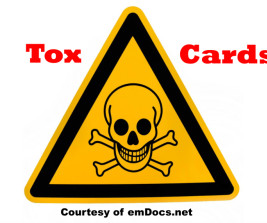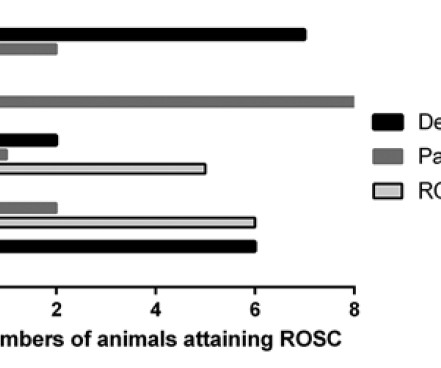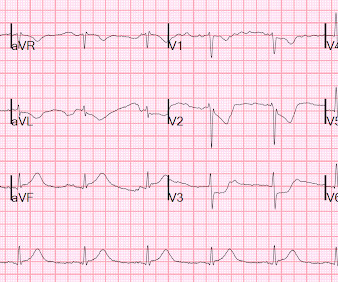ToxCard: Iron
EMDocs
DECEMBER 6, 2024
Stage 3 (timing variable) Shock 1 : Can occur within hours for massive ingestion, but may occur over a longer time course. 6 Severe toxicity and shock are typically seen with serum iron concentrations above 500 g/dL and serum iron concentrations above 1000 g/dL are associated with significant mortality. 2005 Jun;159(6):557-60.































Let's personalize your content